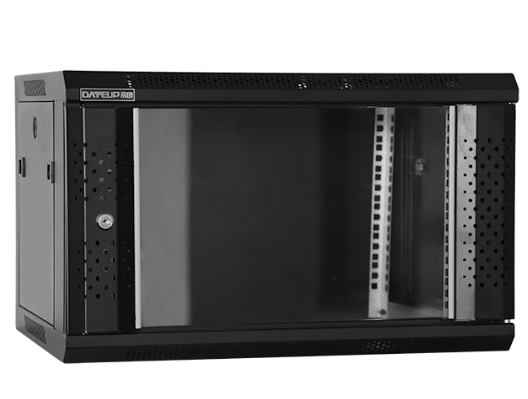News
Site Editor
 Site
https://leonetworkgroup.usa18.wondercdn.com/uploads/image/5fe152faa587d.png
Fiber optic cable is widely used in telecommunications and networking infrastructure due to its immense bandwidth, low signal loss, and resistance to electromagnetic interference. However, like any other cable, fiber optic cables can experience faults and degradation over time. Therefore, it's important to test the fiber optic cable periodically using an Optical Time Domain Reflectometer (OTDR).An
Site
https://leonetworkgroup.usa18.wondercdn.com/uploads/image/5fe152faa587d.png
Fiber optic cable is widely used in telecommunications and networking infrastructure due to its immense bandwidth, low signal loss, and resistance to electromagnetic interference. However, like any other cable, fiber optic cables can experience faults and degradation over time. Therefore, it's important to test the fiber optic cable periodically using an Optical Time Domain Reflectometer (OTDR).An
How To Test Fiber Optic Cable Using Otdr
Views: 461
Author: Site Editor
Publish Time: 2023-07-14
Origin: Site
Fiber optic cable is widely used in telecommunications and networking infrastructure due to its immense bandwidth, low signal loss, and resistance to electromagnetic interference. However, like any other cable, fiber optic cables can experience faults and degradation over time. Therefore, it's important to test the fiber optic cable periodically using an Optical Time Domain Reflectometer (OTDR).
An OTDR is a device that sends an optical pulse down the fiber and measures the reflected signal to determine the loss and any defects in the cable. It uses the principle of backscattering, where the light reflected back from the fiber is analyzed to determine any changes along the fiber length, such as splices, connectors, breaks, or bends.
Here are some steps on how to test fiber optic cable using OTDR:
1. Connect the OTDR to the fiber optic cable by attaching the launch cable to the OTDR and the cable under test. The launch cable is necessary for performing an initial calibration or compensation for the first pulse to ensure accurate measurements.
2. Set up the OTDR by entering the correct parameters, such as the wavelength, pulse width, and attenuation threshold. The settings will depend on the type of fiber and the length of the cable being tested.
3. Launch a test pulse into the fiber optic cable and collect the data. The OTDR will display the results in the form of a trace or graph, showing the loss and any events in the fiber.
4. Analyze the results by examining the trace for any anomalies, such as spikes or dips in the signal. These may indicate a problem in the cable, such as a break, bend, or splice.
5. Use the marker function to pinpoint the location of any events in the cable. The marker function helps to isolate the distance and loss values of a specific event, allowing for a more accurate diagnosis of the problem.
6. Interpret the results and make any necessary repairs or replacements. If there are breaks or splices, they may need to be fixed, or if the cable is too damaged, it may need to be replaced.
7. Repeat the testing process after repairs or replacements to ensure that the problem has been resolved and that the cables are functioning correctly.
Testing fiber optic cable using OTDR is an essential part of maintaining and troubleshooting fiber optic networks. By following these steps, you can accurately diagnose and fix any problems in the fiber optic cable, ensuring that your network runs smoothly and efficiently.
If you want to know more about industrial network cabinet,china fiber optic splice closure,china fiber optic distribution box,please consult the fiber optic splice closure factory









